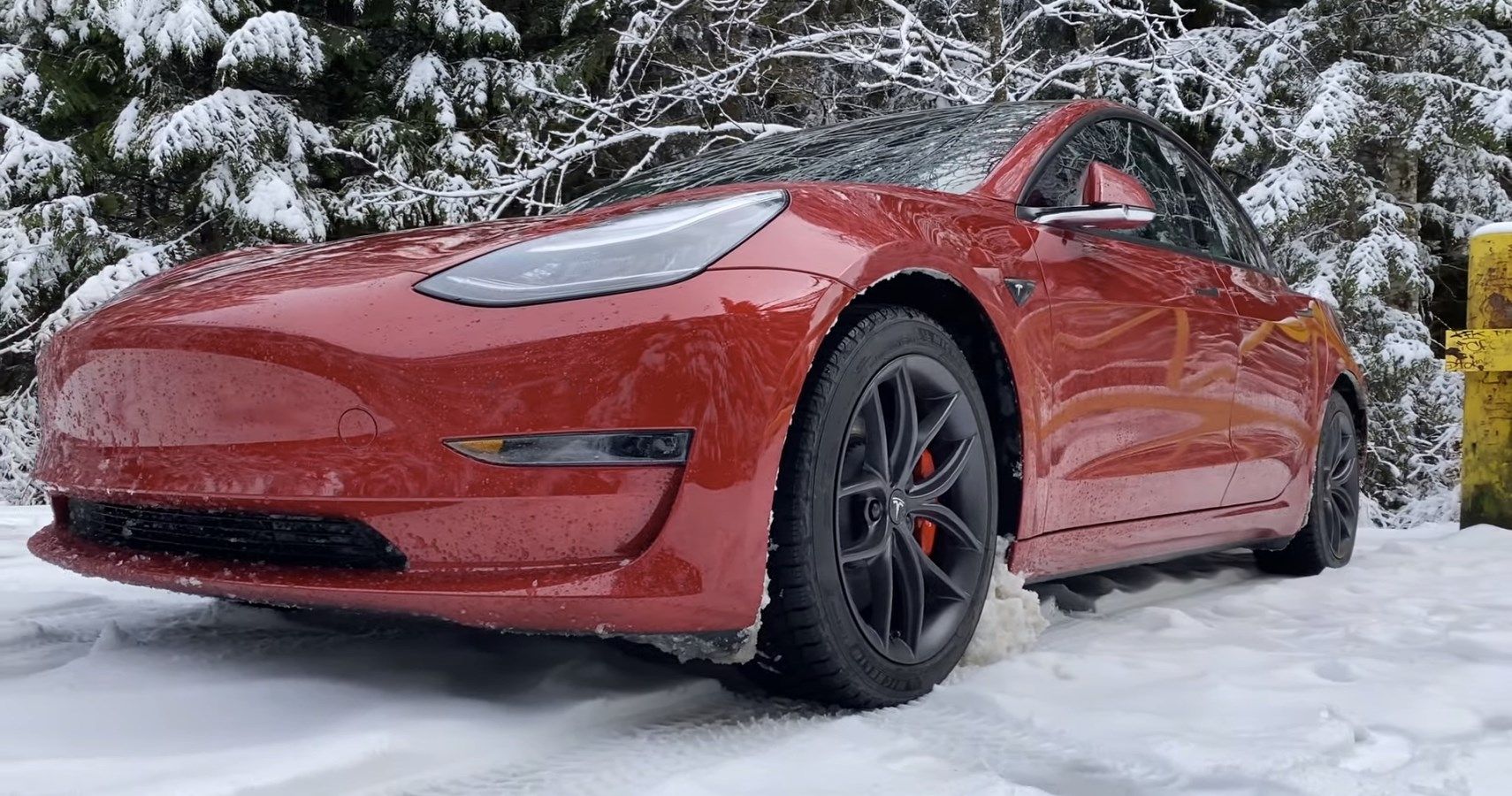Electric vehicles are experiencing something of a boom right now and with announcements such as that from GM recently, it may be a very long boom. And the reasons behind the move are increasingly validated. The Covid-19 pandemic provided a clear example us just how much internal combustion vehicles contribute to greenhouse emissions. They have been significantly diminished while so many of us stay home and our engines sit dormant.
So you may have seen quite a few more Tesla’s out on the streets than you used to. But, one major disadvantage of an electric car is that are noticeably more impacted by cold weather than their ICE counterparts. And who better to test and examine this than Jason Fenske of Engineering Explained, who took his own Tesla Model 3 on a below-freezing road trip to highlight the issues.
Below Freezing Conditions
This Tesla has been driven over 2500 miles to test just how well it performs in very cold conditions. The temperatures rarely jumped above freezing so the car was really put to the test. The video covers the trip and highlights many of the issues, one of which was pulling up to a Tesla fast charger that simply would not work.
Jason discusses how the battery’s need to operate with some level of warmth, as well as the obvious need to keep the cabin warm with something other than engine heat. There is plenty of material in the video to sink your teeth into, and the full piece will of course, be linked to this article. Another point of the test, was that it was a way of showing to people who live in colder climates that an electric car can work despite its limitations.
Average Efficiency And Mileage
The main comparison worth mentioning is the average efficiency of the car in the summer versus winter. In the summer, the 2018 Model 3 averaged around a 285 wh/mi (watt hours per mile) while in in the winter, the Model 3 managed 338 wh/mi over an equal distance of 2000 miles. That is an 18.6% increase in energy use, highlighting the battery's need to work harder. Consequently, the average range in the summer was 250 miles, dropping to 212 miles in the winter; a nearly 40-mile drop. These are important things to consider for anyone living in colder climates and the automotive industry as a whole as it moves toward electrification.
Source: YouTube

